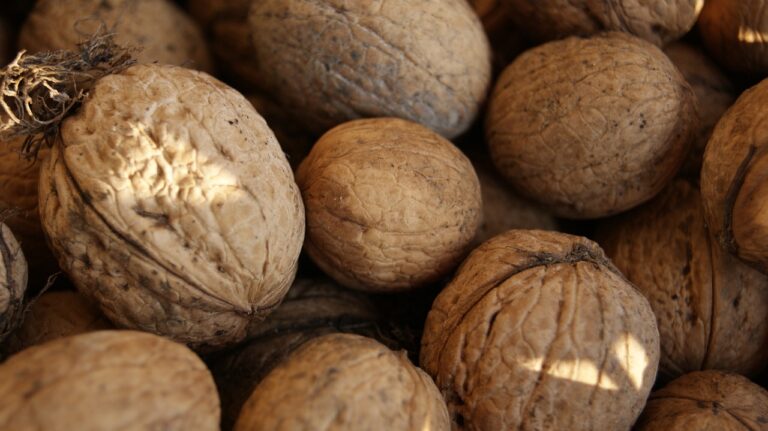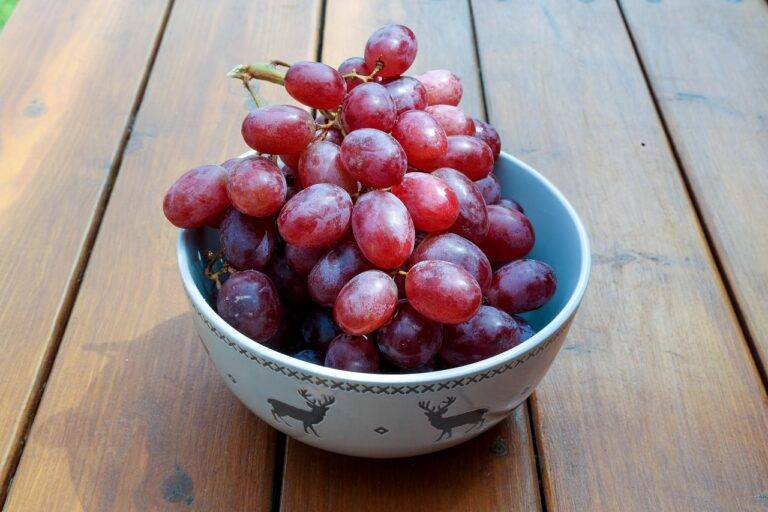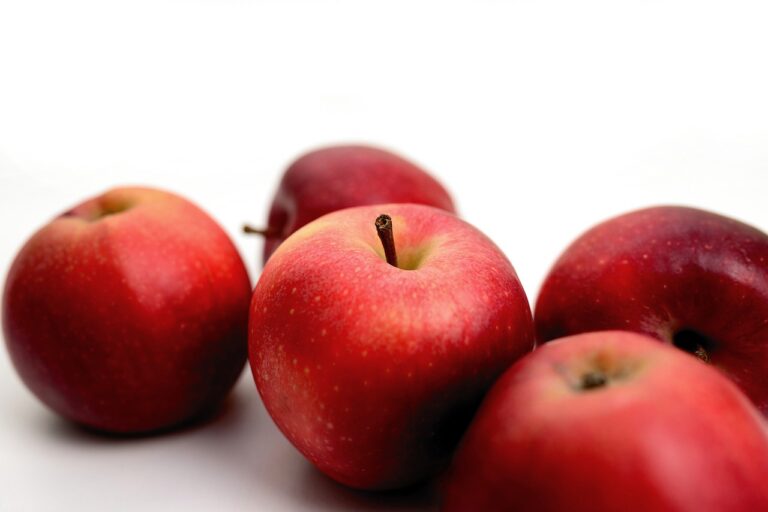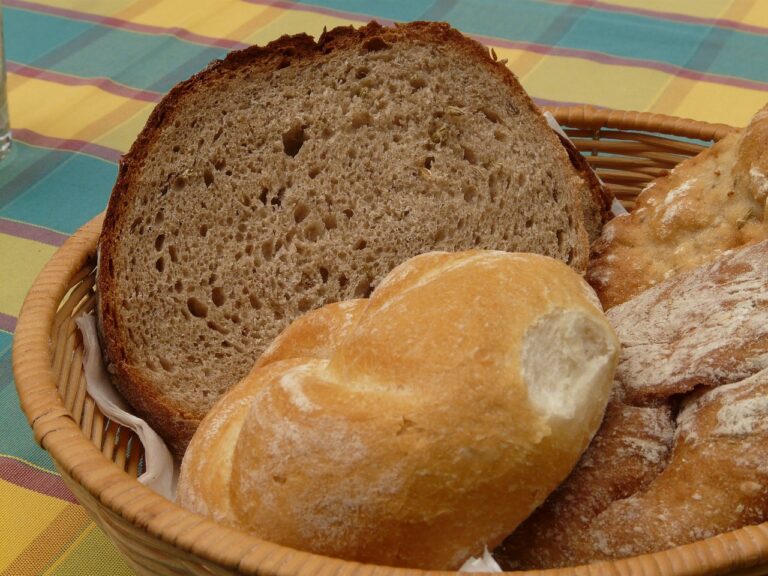The Future of Food Packaging: Sustainable Solutions for Environmental Preservation
In recent years, the issue of plastic pollution and its impact on the environment has gained significant attention. One of the major contributors to this problem is food packaging. As we continue to consume food products packaged in single-use plastic containers and wrappers, the need for sustainable solutions in food packaging has become more urgent than ever.
Fortunately, there are innovative and eco-friendly alternatives to traditional plastic packaging that are emerging, offering hope for a greener future. In this article, we will explore the current state of food packaging, the environmental challenges it poses, and the sustainable solutions that are paving the way for a more sustainable food packaging industry.
The Impact of Conventional Food Packaging on the Environment
Conventional food packaging, particularly single-use plastic packaging, has a significant impact on the environment. These types of packaging are often made from non-renewable resources like petroleum and natural gas, contributing to the depletion of these valuable resources. Moreover, plastic packaging is not biodegradable and can take hundreds of years to break down, leading to the accumulation of plastic waste in landfills and oceans.
Plastic packaging also poses a threat to wildlife, as marine animals often mistake plastic debris for food, leading to ingestion and entanglement. The chemicals used in the production of plastic packaging can leach into the environment, contaminating soil and water sources. Overall, the environmental footprint of conventional food packaging is undeniable, highlighting the urgent need for sustainable alternatives.
Sustainable Solutions in Food Packaging
Fortunately, there are a variety of sustainable solutions in food packaging that are being developed to address the environmental challenges posed by conventional packaging. One of the most promising alternatives to plastic packaging is biodegradable packaging, which is made from natural materials like plant-based polymers and compostable plastics.
Biodegradable packaging breaks down into natural components over time, reducing the amount of waste that ends up in landfills and oceans. These materials are also renewable and can be sourced from sustainable agricultural practices, making them a more environmentally friendly option. Biodegradable packaging offers a viable alternative to traditional plastic packaging, with the added benefit of being compostable.
Reusable and Recyclable Packaging
Another sustainable solution in food packaging is the use of reusable and recyclable materials. Reusable packaging, such as stainless steel containers and glass jars, allows consumers to reduce their waste by using the same packaging multiple times. These materials are durable and long-lasting, making them a cost-effective and eco-friendly option for food packaging.
Recyclable packaging, on the other hand, is made from materials that can be easily recycled and turned into new products. Materials like paper, cardboard, and aluminum are widely recyclable and can be processed into new packaging material with minimal environmental impact. By using recyclable packaging, food companies can reduce their carbon footprint and support a circular economy.
Edible Packaging
One of the most innovative solutions in food packaging is the development of edible packaging. Edible packaging is made from natural ingredients like seaweed, starch, and fruit peels, making it safe for consumption. These materials are biodegradable and can be eaten along with the food, eliminating the need for disposal.
Edible packaging not only reduces waste but also offers additional nutritional benefits. For example, edible packaging made from seaweed is rich in vitamins and minerals, providing an added health benefit to consumers. By incorporating edible packaging into their products, food companies can promote sustainability and improve the overall eating experience for consumers.
Future Trends in Sustainable Food Packaging
Looking ahead, the future of food packaging is likely to be shaped by technological advancements and consumer demand for sustainable solutions. One emerging trend in sustainable packaging is the use of smart packaging, which incorporates sensors and indicators to monitor food freshness and safety.
Smart packaging can help reduce food waste by alerting consumers when products are nearing their expiration date, allowing them to consume the food before it spoils. This technology can also provide information about the origin of the food product and its environmental impact, empowering consumers to make informed choices about their purchases.
Another trend in sustainable food packaging is the use of blockchain technology to track the supply chain of food products from farm to table. Blockchain can improve transparency and traceability in the food industry, ensuring that products are sourced from ethical and sustainable sources. By leveraging blockchain technology, food companies can build trust with consumers and demonstrate their commitment to sustainability.
Conclusion
As the demand for sustainable solutions in food packaging continues to grow, food companies are under increasing pressure to adopt eco-friendly alternatives to traditional packaging. By investing in biodegradable, reusable, and recyclable packaging, food companies can reduce their environmental impact and contribute to a greener future.
Edible packaging represents a particularly exciting opportunity for innovation in the food packaging industry, offering a novel solution to the problem of plastic pollution. By embracing edible packaging and other sustainable alternatives, food companies can meet the demands of environmentally conscious consumers and drive positive change in the industry.
FAQs
What are the environmental challenges posed by conventional food packaging?
Conventional food packaging, particularly single-use plastic packaging, contributes to plastic pollution and depletion of non-renewable resources. Plastic packaging is not biodegradable and can harm wildlife and contaminate the environment.
What are some sustainable solutions in food packaging?
Biodegradable packaging, reusable packaging, and recyclable packaging are some of the sustainable alternatives to traditional plastic packaging. Edible packaging is another innovative solution that offers nutritional benefits and reduces waste.
What are the future trends in sustainable food packaging?
Smart packaging, blockchain technology, and innovative materials like edible packaging are shaping the future of food packaging. These advancements aim to improve food safety, reduce waste, and promote transparency in the food industry.







